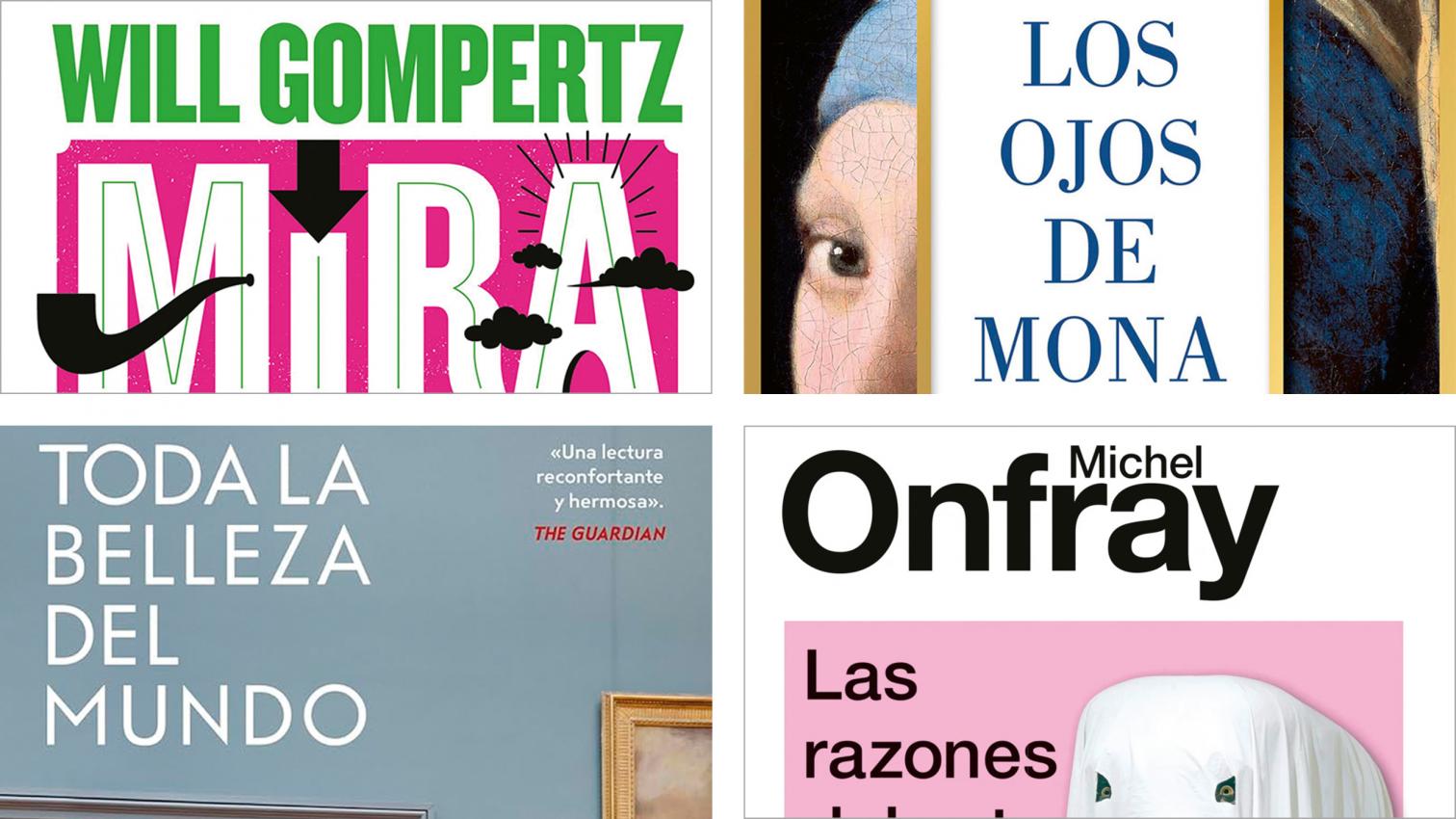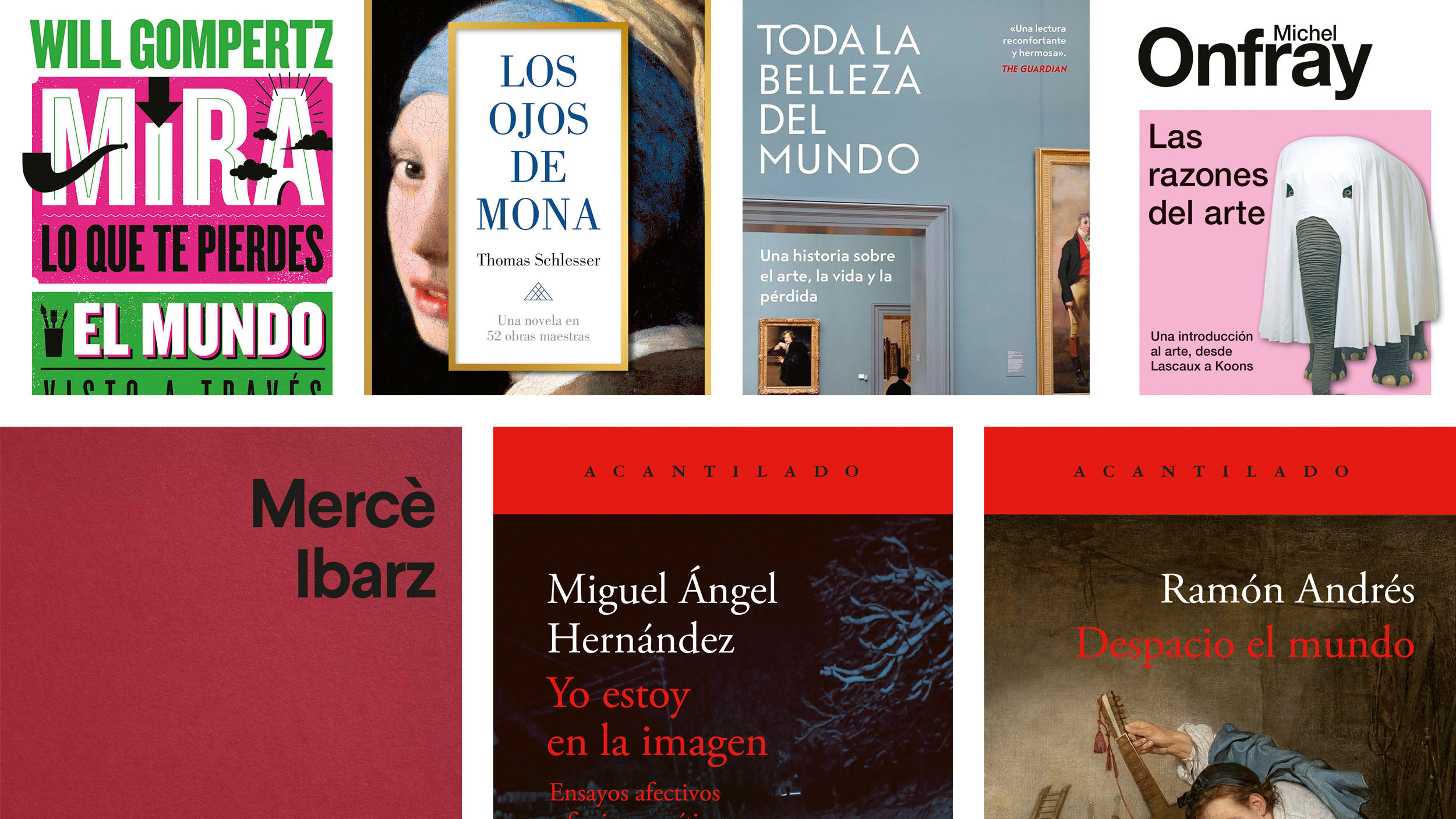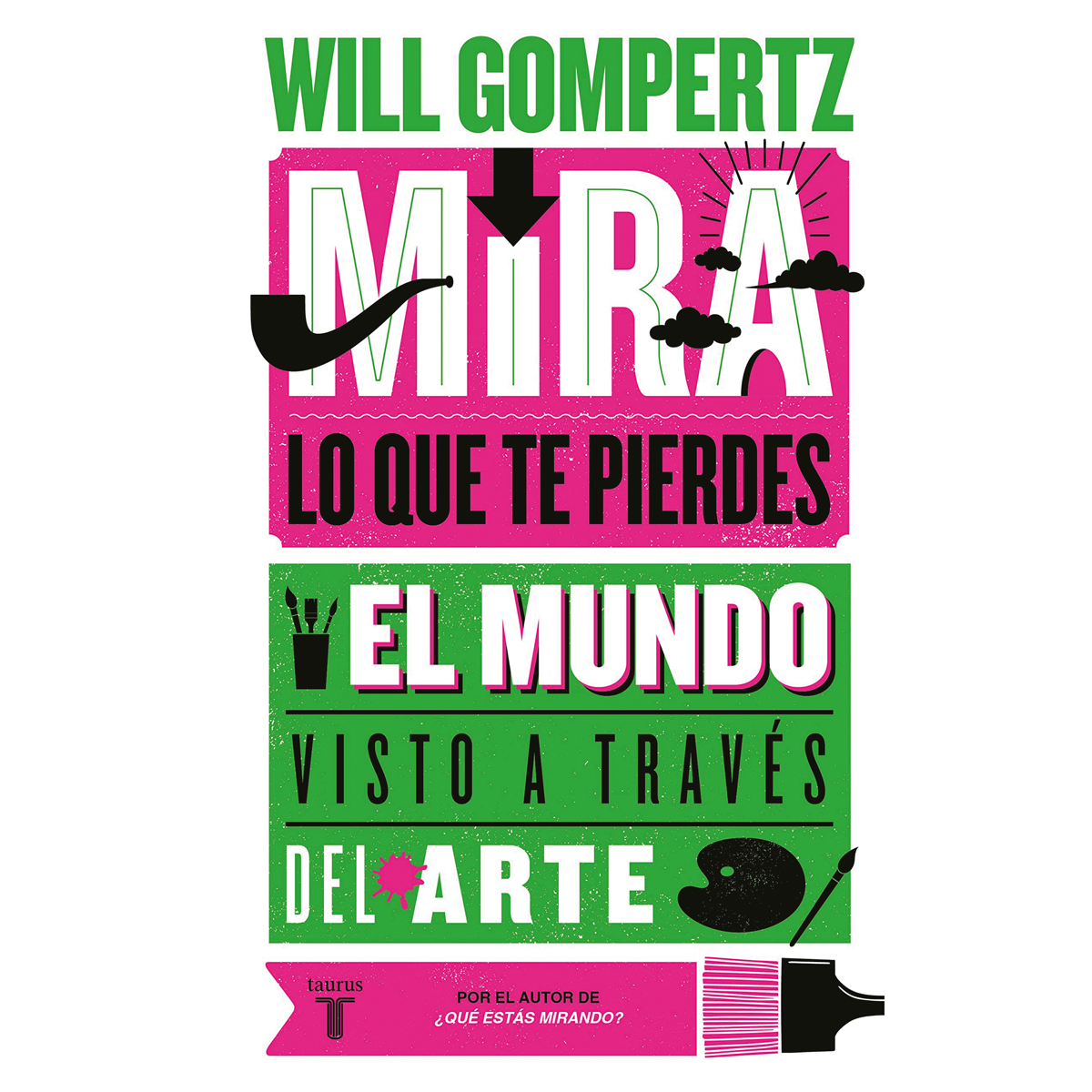Arte para todos
Bestsellers in the Museum

Two publishers of the Penguin Group and another of the Planeta – the latter with two titles – compete in bringing art closer to the general public. For this they use different literary tools and take distinct approaches, but all four books reviewed here respect the canon set by the major museums, regard old and recent art together, and expand the field as championed by feminist and anti-colonialist movements. The critic Will Gompertz with See What You’re Missing, the historian Thomas Schlesser with Les yeux de Mona, the journalist Patrick Bringley with All the Beauty in the World, and the philosopher Michel Onfray with Les raisons de l’art compose a mosaic of informed and evocative narratives, some of which have sold well enough to be called international bestsellers: a tag which is often a letdown but should not turn away those already familiar with the art world, because all four offer rare perspectives, stimulating judgments, and colorful anecdotes.
Will Gompertz was arts director of the BBC and dircom of the Tate Gallery, and fruits of his familiarity with the art scene were What Are You Looking At? and Think Like an Artist, predecessors of See What You’re Missing, which now comes in Spanish. An expert on the contemporary, he devotes many chapters to artists like Cy Twombly, Yayoi Kusama, David Hockney, Tracy Emin, or Jennifer Packer, without ignoring members of the historic avant-gardes like Cézanne, Hilma af Klint, Kandinsky, O’Keeffe, or Kahlo, nor old masters like Fra Angelico, Rubens, Gentileschi, Rembrandt, or Chardin, each of whom he praises as representing a way of regarding the world. With each of its thirty chapters focused on a single work, which is put in the context of the artist’s oeuvre and vision, the result is a kaleidoscopic approach to art that deserves a place on a par with two of his eminent references: John Berger’s Ways of Seeing and Ernst Gombrich’s Art and Illusion.
Les yeux de Mona likewise gives over every one of its fifty-two chapters to a particular work of art, and in this case, too, the publication includes a set of color reproductions. But the structure of the book by Thomas Schlesser, a professor at École Polytechnique in Paris, is very different, because the fictionalized narrative about the grandfather who in the course of a year brings his granddaughter, who is at risk of going blind, to contemplate the beauty kept in museums takes us on an orderly tour of the French capital’s three great art institutions: Louvre, Orsay, Beaubourg. The result is a crash course on art history, from Botticelli, Da Vinci, or Raphael to Marina Abramović, Christian Boltanski, or Pierre Soulages, always through dialogues that take place in front of the works. As an enjoyable, entertaining conveyor of knowledge it has been likened to the novel Sophie’s World, said to be its equivalent in the world of thought, and it has garnered a similar degree of international success, despite a French bias that gives the floor to Philippe de Champaigne, Marguerite Gérard, or Marie-Guillemine Benoist, in a list that has not managed to find a space for El Greco, Murillo, or Velázquez.
All the Beauty in the World also unfolds in a museum, as Patrick Bringley, suffering the emotional impact of his older brother’s death, quits his job as an editor at The New Yorker magazine to work as a guard at the Metropolitan Museum of Art. His memories of ten years spent amid the paintings, beautiful objects, and archaeological treasures of the great New York institution are grouped in thirteen chapters, in each of which selected works are examined in line with his experiences in the galleries or storage rooms with conservators or visitors. The first story begins with El Greco’s View of Toledo, to then stop at works by Duccio, Raphael, or Tiepolo, and then at a Roman statue, an Egyptian mastaba, or a post of an Asmat village in Indonesia; the second includes treasures like the marvelous Goya portrait Tiburcio Pérez y Cuervo, the Architect and Velázquez’s María Teresa, Infanta of Spain, along with masterpieces of Vermeer or Titian, all with cursory comments, scantily illustrated with a drawing, and referred to in the appendix with numbers for access to the museum website: such is the general tone of a book that describes the everyday life of the Met better than it does the artistic value of the pieces in the museum’s custody.
Finally, Les raisons de l’art is described as an initiation to art, but the prolific and mediatic philosopher Michel Onfray can hardly justify that label with his laconic text, swollen to the size of a book with a large number of full-page illustrations and highlighted with grand typographic display. Although it starts with Paleolithic art and reaches our times, episodes of a political nature – such as the Nazi persecution of the ‘degenerate art’ of the avant-gardes or the shift from constructivism to socialist realism in the Soviet Union – take center stage in the narrative, which is ultimately a defense of contemporary art as a language with which one has to be familiar, as is the case with any work of art of any period. In the conclusion he mentions the current artists he has written on, and explains his aesthetic preferences by way of the photographer Joan Fontcuberta, whose work he analyzes in detail. Lacking balance but occasionally brilliant, Onfray’s essay joins Gompertz’s critique, Schlesser’s novel, and Bringley’s memoirs in training the eye and feeding the imagination with the intellectual and emotional stimulus of art.

Looking More Informedly
A small book and two thick ones are the latest Spanish contributions to educating the gaze. The journalist Mercè Ibarz discusses the exhibitions scene of recent decades, during which it has become a mass phenomenon, in an invitation to enjoy art without feeling intimidated by its often abstruse language. The writer Ramón Andrés uses detailed description of fifty-two paintings of the 15th to the 18th centuries to bring us into his mystic and poetic universe. And the professor Miguel Ángel Hernández tackles the world of images by linking autobiography to the thought of Benjamin, Wittgenstein, or Barthes. All of this helps us to look at art more intensely, to relish it more informedly, and to reflect more deliberately on how images convey ideas.













